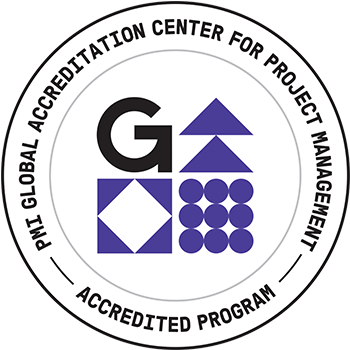Project Management 2.0: Planning for the Future of Project Management
Abstract:
It has taken several decades for executives to become convinced that project management can and does work well. With this realization, executives are now exhibiting more trust in project managers and have begun delegating more authority to project managers with regard to both project and business decision-making, and have also recognized the application of project management to more long-term, complex projects that require the use of virtual teams. All of this, as well as other changes, are now part of PM 2.0.
We have changed our definition of project success to include more elements than just the triple constraints. Benefits and value are now part of the success criteria along with business components.
For more than four decades, we relied solely upon time and cost as the only two metrics needed to manage a project. We knew that time and cost alone could not determine the project’s health, nor were they a good indicator of project success or failure. Today, we are entering a new era in project management, entitled PM 2.0, where project information can be provided to everyone rather than just a selected few. We may have as many as fifty metrics on a project and the eight to ten critical metrics are called key performance indicators (KPIs). The project manager and the client will meet at the beginning of the project, determine the success criteria, the supporting metrics, the KPIs, and how they will be reported on a dashboard. Each project can have a different set of metrics and KPIs, as well as different dashboard reporting requirements. The ultimate goal is to reduce costly paperwork and see how close we can get to “paperless project management” without sacrificing the integrity by which we manage the project.

